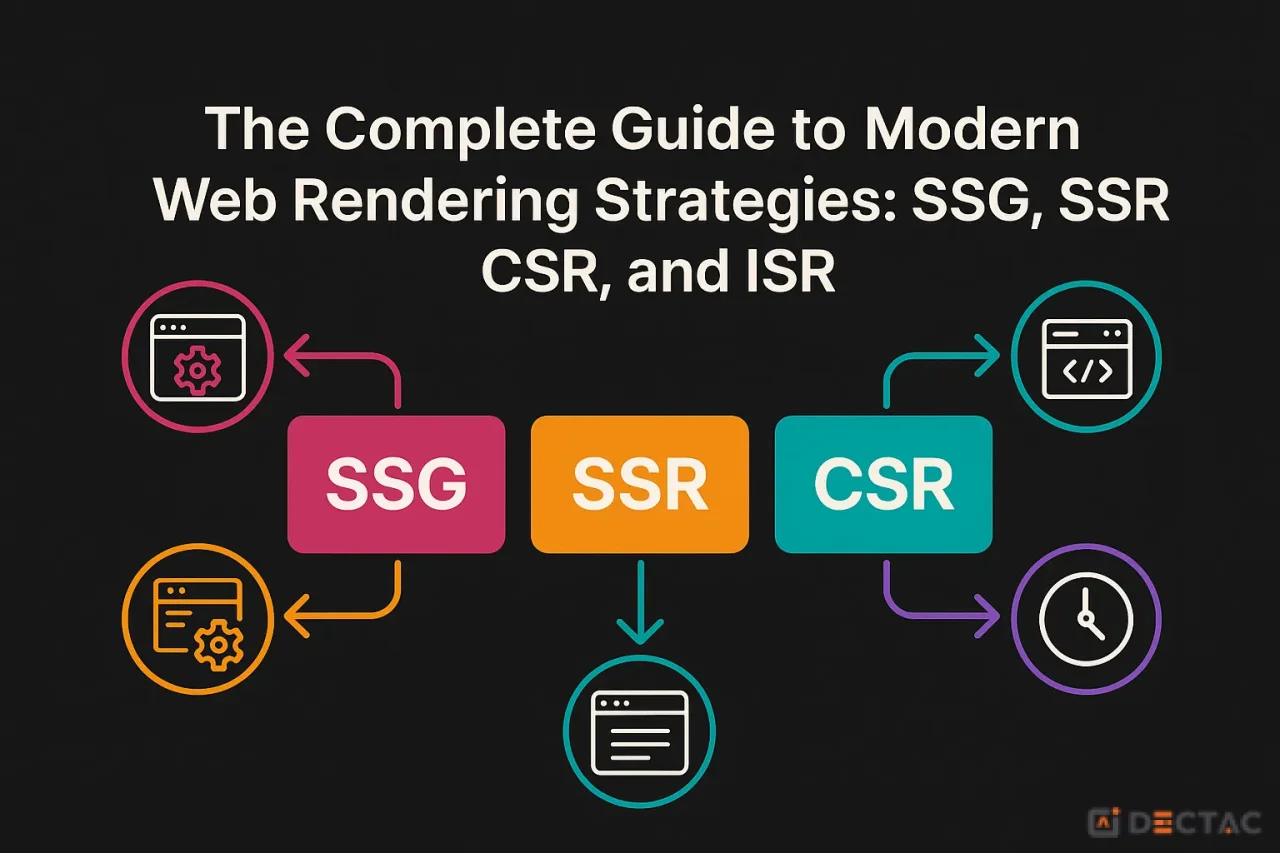Mastering Lazy Loading in React.js: A Complete Guide to Performance Optimization
In today's web development landscape, performance is king. Users expect lightning-fast applications, and even a few seconds of delay can lead to increased bounce rates and poor user experience. One of the most effective techniques to optimize React applications is lazy loading – a pattern that defers the loading of components until they're actually needed.
What is Lazy Loading?
Lazy loading is a design pattern that delays the initialization of resources until they're required. In the context of React applications, this means loading components only when they're about to be rendered, rather than bundling everything together at the initial page load.
Think of it like a library – instead of carrying every book you might need all at once, you only pick up the books you need for your current task. This approach significantly reduces the initial bundle size and improves the application's startup time.
Why Lazy Loading Matters
Performance Benefits
- Reduced Initial Bundle Size: Only essential components are loaded upfront
- Faster Initial Page Load: Less JavaScript to download and parse
- Better Core Web Vitals: Improved metrics like First Contentful Paint (FCP) and Largest Contentful Paint (LCP)
- Memory Efficiency: Components are loaded and unloaded as needed
User Experience Benefits
- Perceived Performance: Users see content faster
- Bandwidth Conservation: Particularly important for mobile users
- Progressive Loading: Content appears as users navigate
React's Built-in Lazy Loading: React.lazy()
React 16.6 introduced React.lazy(), making code-splitting and lazy loading a first-class feature. The basic pattern is simple:
Key Requirements
- Dynamic Import: React.lazy() requires a dynamic import that returns a Promise
- Suspense Wrapper: Lazy components must be wrapped in a <Suspense> boundary
- Default Export: The lazy-loaded component must be exported as default
Common Implementation Patterns
1. Route-based Code Splitting
The most common approach is splitting your application by routes. Instead of loading all route components at once, each route loads only when visited:
This pattern can reduce your initial bundle size by 50-80% in typical applications.
2. Conditional Component Loading
Load heavy components only when users need them:
3. Modal and Dialog Lazy Loading
Modals are perfect candidates for lazy loading since they're only shown occasionally:
Advanced Techniques
Preloading Components
You can preload components before they're needed to provide instant rendering:
Intersection Observer Loading
Load components when they enter the viewport for better perceived performance:
Error Handling and Best Practices
Handling Loading Failures
Always provide fallbacks for when components fail to load:
Enhanced Loading States
Create better loading experiences with skeleton screens or meaningful placeholders instead of generic "Loading..." text.
Performance Optimization Tips
Monitor Bundle Sizes
Use tools like webpack-bundle-analyzer to visualize your bundle composition and identify optimization opportunities.
Optimal Chunking Strategy
- Split by routes first (biggest impact)
- Split heavy third-party libraries
- Group related components together
- Avoid creating too many tiny chunks
Component Memoization
Combine lazy loading with React.memo to prevent unnecessary re-renders:
Common Pitfalls and Solutions
Named Exports Issue
React.lazy expects default exports. For named exports, create a wrapper:
Server-Side Rendering
React.lazy doesn't work with SSR. Use alternatives like @loadable/component or Next.js's dynamic().
Testing Considerations
When testing lazy components, use waitFor to wait for the component to load:
Measuring Success
Track these key metrics to measure the impact of your lazy loading implementation:
- Bundle Size: Compare main bundle size before and after
- Load Time: Measure First Contentful Paint and Time to Interactive
- User Metrics: Monitor bounce rate and engagement metrics
- Core Web Vitals: Track LCP, FID, and CLS improvements
Use browser DevTools Network tab to see your chunks loading in real-time and verify that lazy loading is working as expected.
When NOT to Use Lazy Loading
Lazy loading isn't always the answer:
- Above-the-fold content: Never lazy load critical content users see immediately
- Small components: The overhead isn't worth it for tiny components
- Frequently used components: If something is used on every page, include it in the main bundle
- Critical user flows: Don't add loading delays to essential actions
Implementation Strategy
Start with a phased approach:
- Phase 1: Implement route-based splitting
- Phase 2: Split heavy third-party libraries and chart components
- Phase 3: Add conditional loading for modals and secondary features
- Phase 4: Implement viewport-based loading for below-the-fold content
Conclusion
Lazy loading in React is a powerful performance optimization technique that can dramatically improve your application's load times and user experience. The key is to implement it strategically – focus on routes and heavy components first, then progressively optimize based on your specific use cases.
Remember that lazy loading is about finding the right balance between performance and user experience. Start with the biggest wins (route splitting), measure the impact, and iterate based on real user data.
With proper implementation, lazy loading can transform a sluggish application into a lightning-fast, user-friendly experience that keeps users engaged and coming back.










